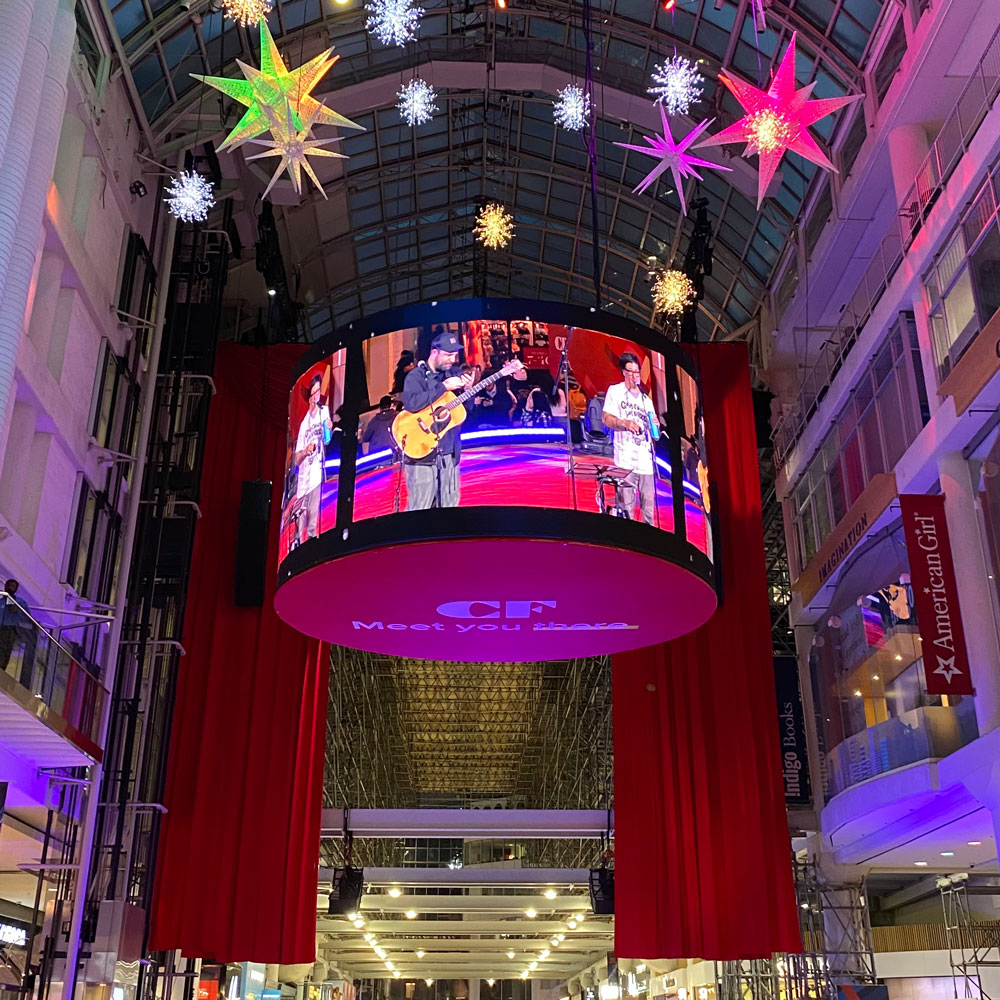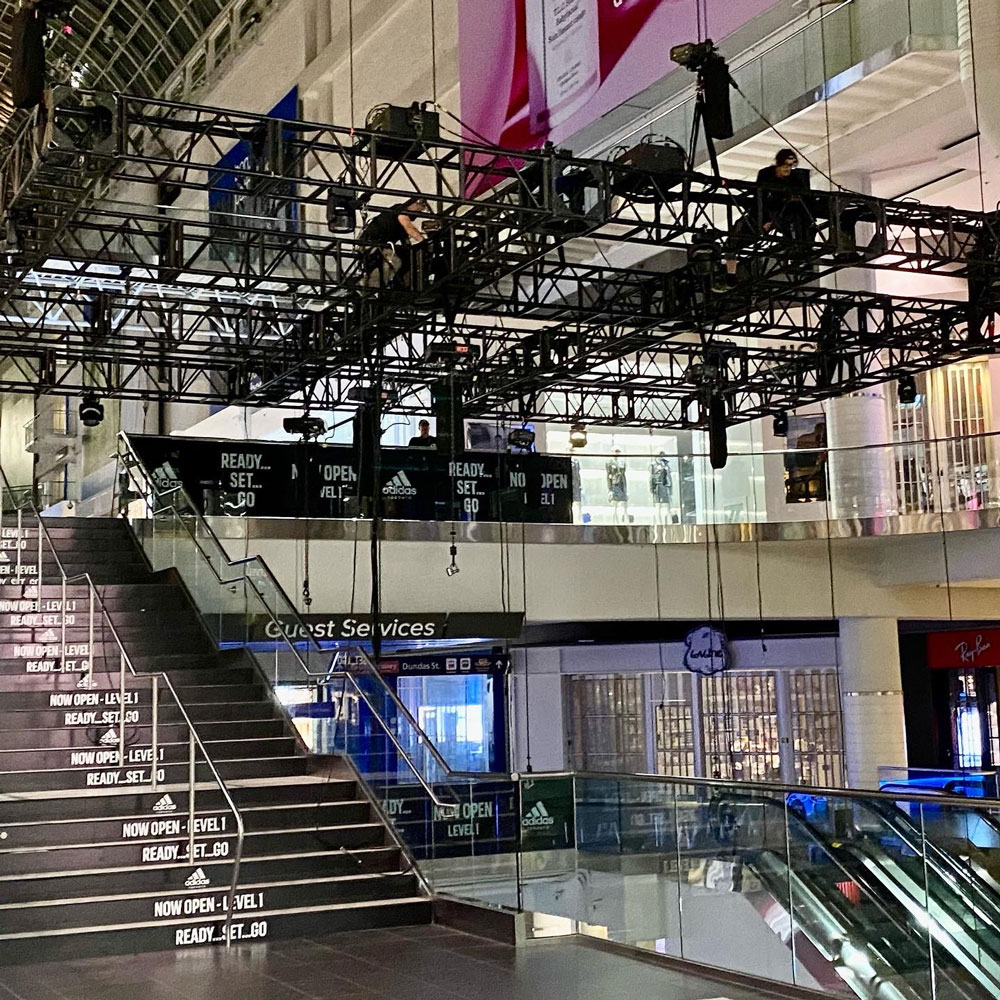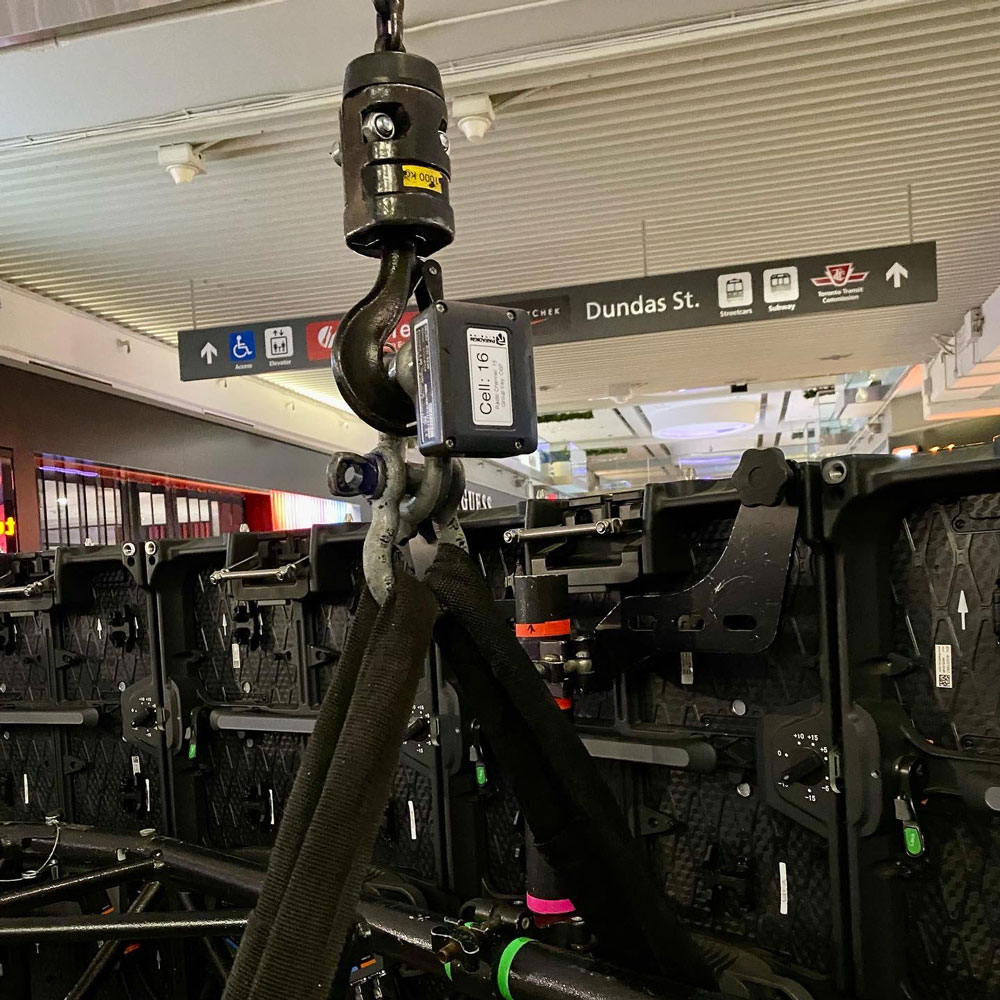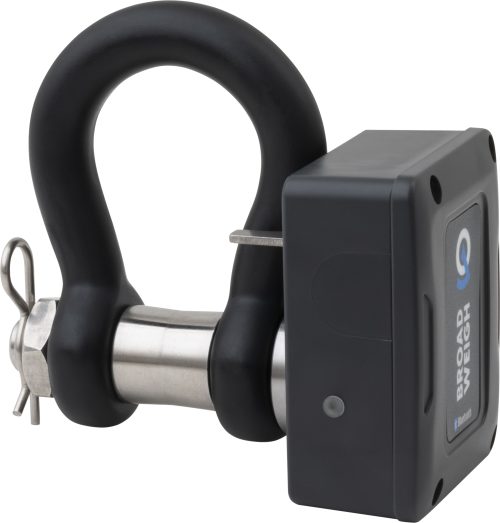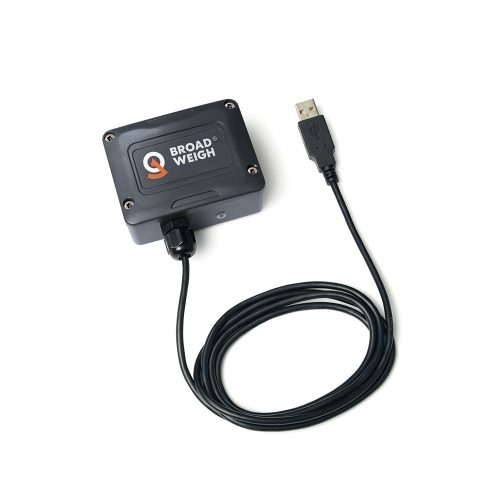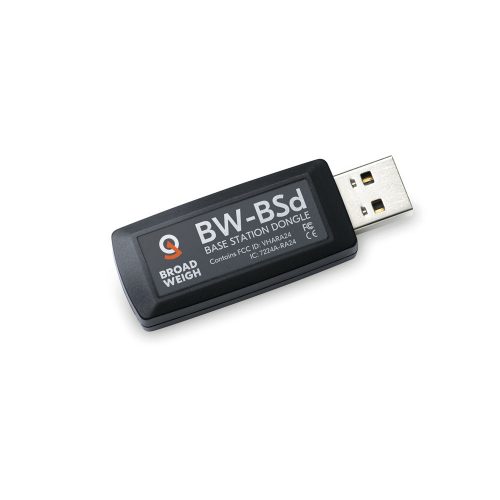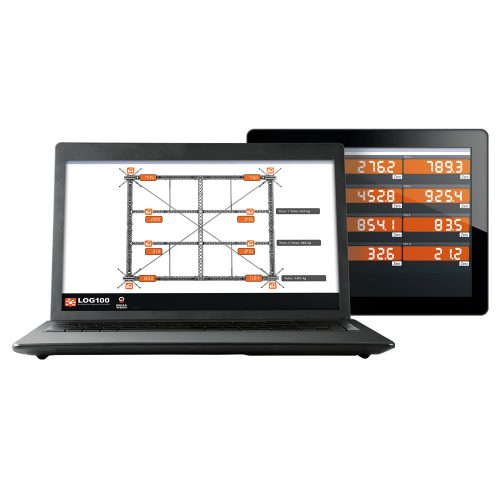Case Studies
Merry Merry Music Brings
Broadweigh to Toronto’s Eaton Centre
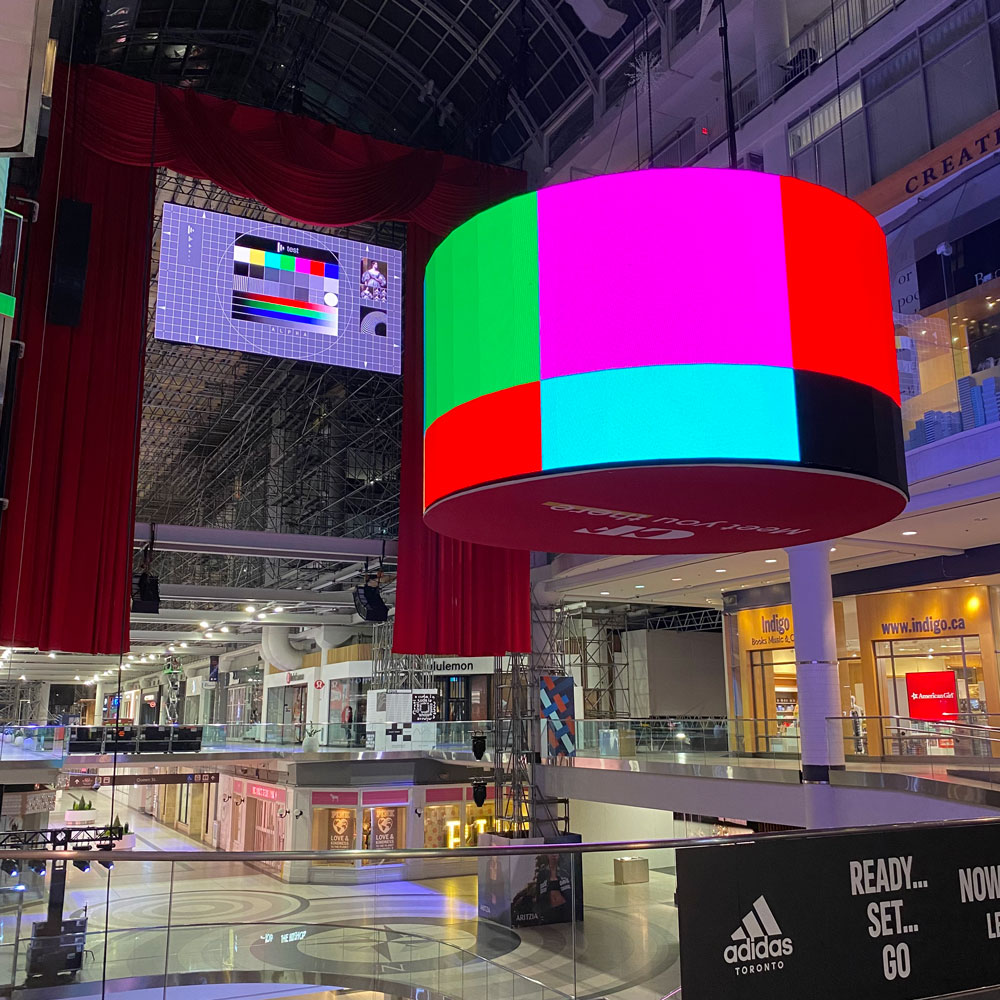
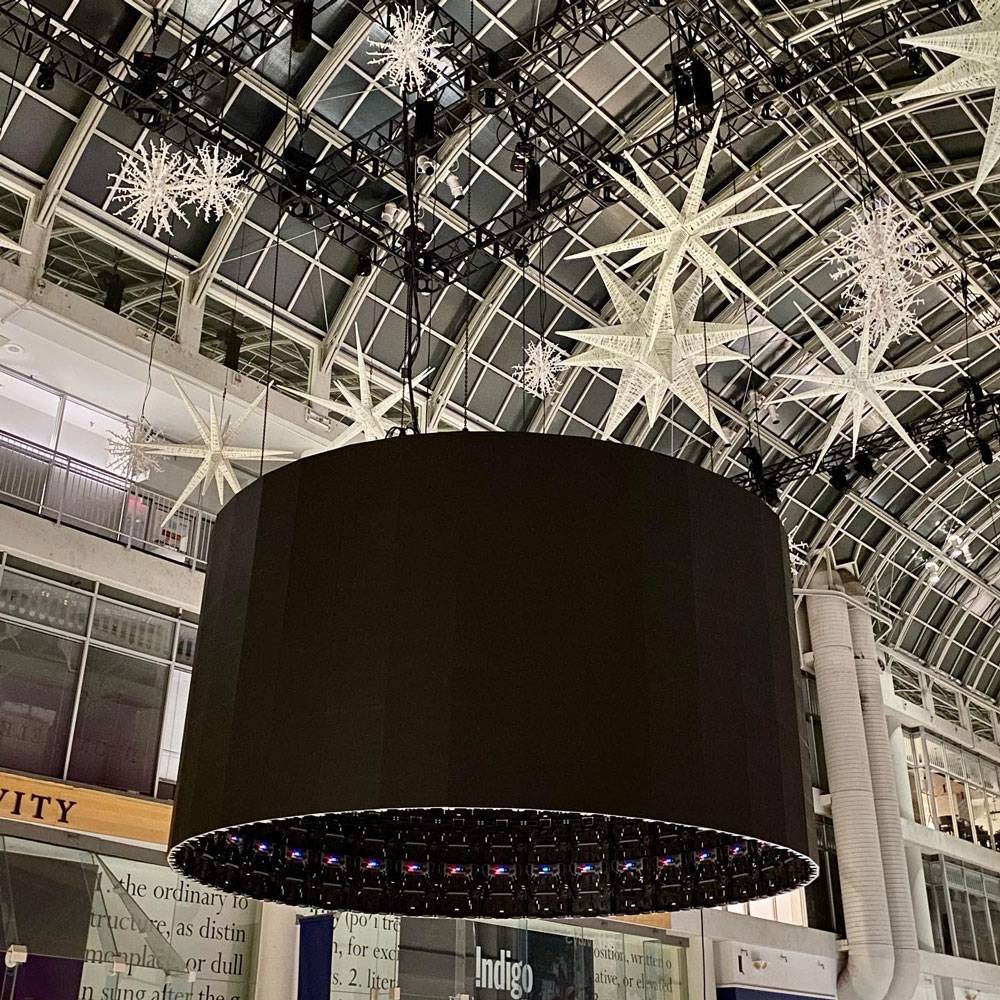
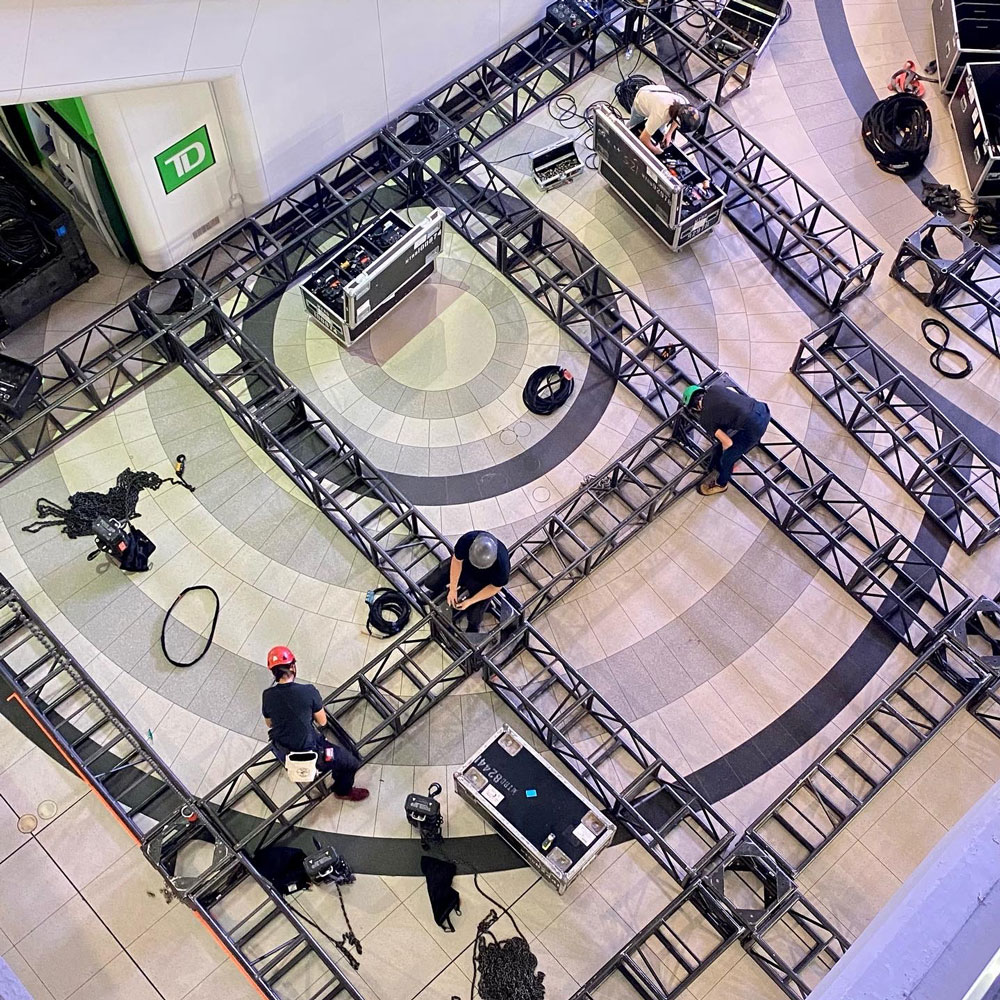
Background
CF Toronto Eaton Centre attracts over 50 million visitors annually. This unrivalled retail destination is located in the heart of Canada’s most populous city, featuring more than 200 shops. In previous years, the Eaton Centre has set up a 108-foot-tall Christmas tree for the holidays and hosted a lighting ceremony. However a major roof replacement project is currently underway and because of this, the festive tree tradition had to take a break for a year. Instead, the Eaton Centre is staging a one-of-a-kind programme called Merry Merry Music. The event kicked off on November 18, hosting a line-up of celebrity performers and will continue to spread the holiday cheer until Christmas Eve.
From a technical perspective this means a variety of elements being brought into the mall space to add holiday atmosphere as well as support and enhance the musical performances. These elements include a rich red draped proscenium with a video wall in the centre opening, as well as lighting trusses throughout the length of the mall, large grid hung over the stage with large scenic elements hung from it as well as a circular video wall suspended farther below. Encompassing the performance area are lighting positions to illuminate both the stage and provide additional splashes of colour among the decorations.
Paradigm Rigging, Broadweigh’s North American product partner was brought on board to work with the rigging and load monitoring of the grid structure being used to suspend multiple snowflake scenic elements as well as the large 5000lb circular video wall.
The Challenge
Grid structures on their own have unique loading considerations but given the space the project was being assembled in and the intricacies of getting the grid flown into place, Ryan Brenton from Palmer Audio knew he would need some expert hands-on site to ensure the project was delivered both on schedule and more importantly, safely.
Palmer Audio, based in Cambridge, Ontario, is full-service event production company with services ranging from full project management through to temporary power distribution and trucking logistics. Paradigm Rigging and Palmer Audio have worked together in many capacities for almost 10 years, typically being brought in for more intricate rigging projects where extra specialised experience is an asset.
Michael Sorowka, managing director, Paradigm Rigging explained: “Rigging a 5000lb circular video wall in the middle of Toronto’s Eaton Centre doesn’t come without its challenges. A larger grid structure had to be built at ground level, raked while being lifted to get past surrounding escalators and concourse balconies then levelled out to both provide a space for additional scenic elements and distribute the weight far enough across the building’s arching roof. The roof structure within the building is an array of arches supporting a glass roof which sits at just over 120ft off the ground floor. Given how grid structures can transfer massive amounts of weight while showing limited amounts of movement, it was integral that all the points involved here had load cells to ensure proper weight distributions within the building engineer’s set approved limits.”
Paradigm Rigging’s primary safety concerns were the weight limits set by the building engineer on what the maximum allowable weight loads were per rigging point. Given such a large, rigid structure sitting on 12 individual motors Michael knew it would be extremely easy to overload a motor or attachment point if it wasn’t being closely monitored. He said: “The method we had to raise this as well posed another unique challenge where we had to lift nearly the whole grid using 4 motors to get the proper angle set before we could fully lift past our obstacles. Especially over 4 motors, the use of the load cells was key to balance those weights. Once at full height and the lower video wall built, the load cells were critical in balancing out this load across the 12 grid motors.”
The Solution
16 x BW-S325 5/8” (3.25t) Wireless Load Cells by Broadweigh were used on this project along with both the BW-BSue and BW-BSd USB receivers being used at separate times within the Log100 viewing software. Mike continued: “This system played a key role in monitoring our weight distribution throughout the grid, both on lifting as well as tweaking the weights as the video wall was being built to keep point loads within engineer specification. The customisable visualisation pages within Log100 allowed us to drop in rigging plot overlays on the background as well as add total loads and equations to give us percentage breakdowns of each point. This is a massive benefit over just seeing rows of data because it lets the riggers at the controller have an easy visual overview of the project and allows a clearer understanding of the data received. We also always take screenshots of the project after it is hung to have records of the final weights should we need to reference it at a later time.”
The primary two items that required load monitoring were the circular video wall as well as the larger grid structure supporting it at roof level. The circular wall was hung off 4 motors which were hung inverted from the grid structure. Michael added: “These were key to watch the weight distribution on as it’s pretty easy to shift loads off being balanced with a circle. Given the symmetrical motor placement, we were looking for each motor to take about 25% of the total video wall weight of 5000lbs or roughly 1250lbs per motor. On the upper grid the middle points were limited by the engineer to 1000lbs with the outsides sitting pretty similar.”
One of the biggest challenges the team faced on this project was actually getting the grid structure to height above the mall’s varying level concourses. The grid itself was about 40ft wide by 30ft long however the clearance between escalators and stairways left them with closer to 30ft of hole to get this structure through. What looked like an impossible feat was accomplished by offsetting the middle pickup points of the grid to one side, then lifting from there to accomplish about a 50–60-degree angle rake of the structure. Michael explained: “Once at this angle, it opened up clearance to take weight on the one outside row of motors, remove weight from the middle motors and re pick them at their proper location, then raise the whole grid at a steep angle until we were clear of the concourse balconies and able to level the structure out on all 12 motors. This was only able to be safely accomplished by lifting this grid empty (no additional weight added) and with the use of the Broadweigh load cells making sure all weights were within allowable limits while performing this operation.”
Results
The Broadweigh system is always a strong performer both outdoors and indoors. Given the maximum distance from the load cells at ground level (about 120ft) the team had strong readings, well within their 800m advertised range. Michael states: “We did give consideration on load cell placement to limit obstacles in their path, such as the metal body of a chain motor. The readings overall were within what we had anticipated from the pre-production approvals and the added value of being able to input equations to read percentage breakdowns of the load cell compared to total weight added another layer of information on motor adjustments. We knew as the video wall in the middle of the grid was getting built and weight added, we would have to watch the middle grid motors to make sure they weren’t going above allowable weights and take up additional weight on the outside gird motors to help with this. Continually the more we work with the Broadweigh system, the better everyone gets at anticipating how the weights are going to respond to varying situations and helps us plan accordingly. It doesn’t replace the need for accurate pre-production work or engineer approvals but gives further insight to challenges we might face along the way and how best to overcome them before they become a surprise.
Summary
The Broadweigh kit was the perfect fit for this job, given its wireless ease of installation and also its highly valuable graphical user interface in Log100. Working in the mall provides many unique challenges, one notable one is routing for cabling to both control rooms and for motor control. It’s both time consuming and difficult for much of it and having a system not reliant on additional cables is a huge benefit for this project. Michael concluded: “Add that together with the Log100 software allowing us to build visual layouts in the program along with added channels for total weights and individual channel percentage breakdowns, it really is something that gives our client and other riggers on site more confidence and peace of mind in what we’re doing.”
Distributor Details
Paradigm Rigging
https://paradigmrigging.com
